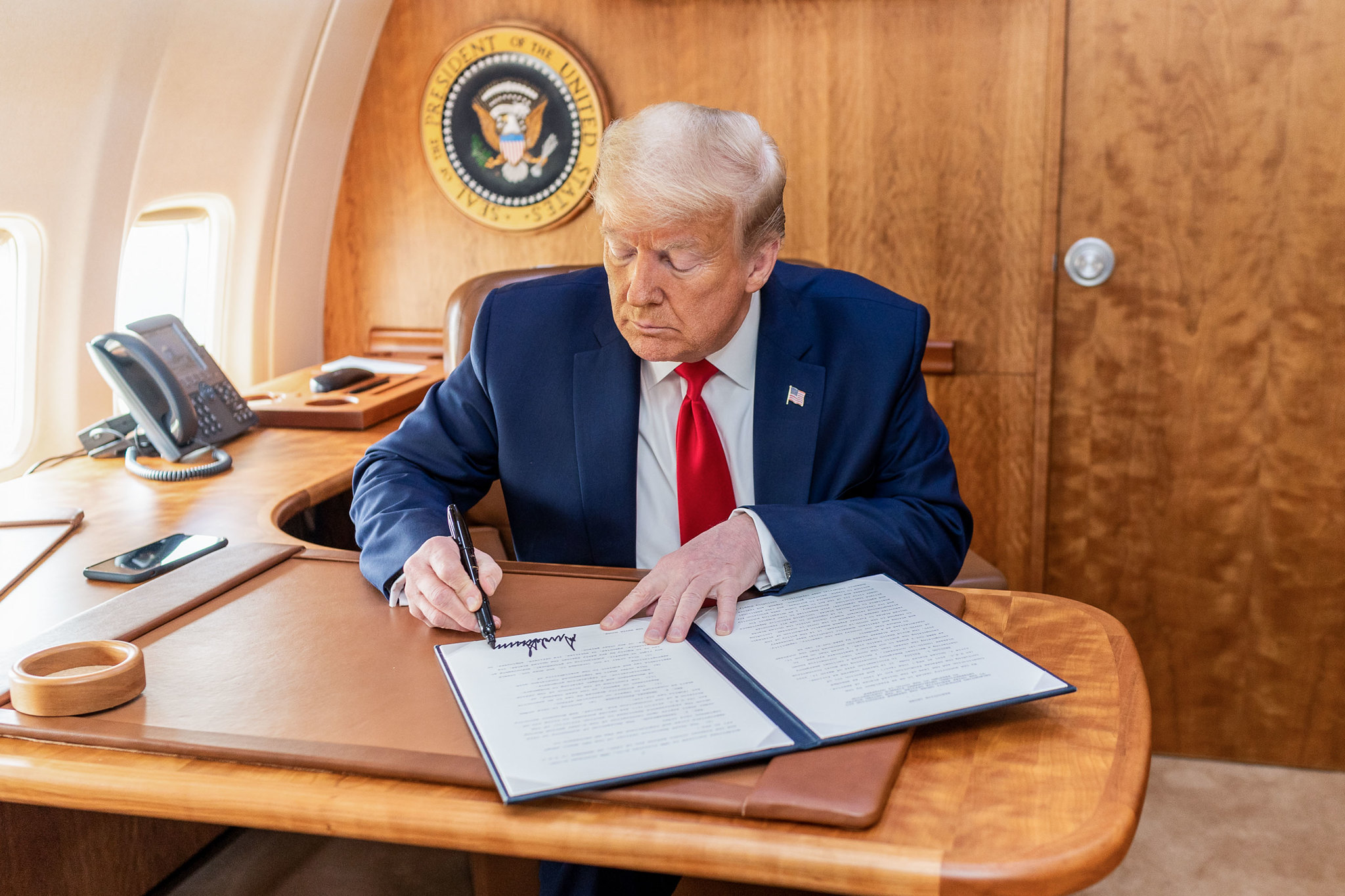Manganese is energy ciritical
In 1917 the War Industries Board (WIB) noted that the United States was deficient in certain minerals of great importance to war making and self defense. A pre-World War II list of materials contained a total of 29 materials: 14 were strategic materials that ‘must be based entirely or in substantial part on sources outside the United States.’ There were 15 critical materials that would be easier to source, perhaps even domestically, than the strategic materials.
The 1939 Strategic Materials Act authorized US$100 million to purchase strategic raw materials for a stockpile of 42 strategic and critical materials needed for wartime production.
By May 1940, small quantities of certain materials – ie. chromite, manganese (Mn), rubber and tin (Sn) – had been procured under the Strategic Materials Act. The purchases certainly weren’t enough and all throughout the war effort these and other numerous materials had to be imported in large quantities.
By 1948 the WIB’s Munitions Board had developed a list of 51 required strategic and critical material groups. By 1950 the number of required strategic and critical materials had expanded to 54 groups, representing 75 specific commodities.
Let’s fast forward a few decades…
The Metallurgical Achilles’ Heel of the United States
A concise summary of U.S. mineral vulnerabilities was presented to the Industrial Readiness Panel of the House Armed Services Committee as early as 1980 by General Alton D. Slay, Commander Air Force Systems Command. General Slay pointed out that technological advances have increased the demand for exotic minerals at the same time that legislative and regulatory restrictions have been imposed on the U.S. mining industry.
“The U.S. depends on southern Africa’s minerals for about the fifty percent of the “big four”. Thus, a long-term cutoff of any or all of these materials has the potential for an economic and strategic crisis of greater proportions than the oil crisis of the 1970s. An embargo of South African minerals to the U.S. would affect millions of American jobs in the steel, aerospace, and petroleum industries, and could in effect shut down those industry groups.” U.S. Strategic and Critical Materials Imports: Dependency and Vulnerability
The 1981 report “A Congressional Handbook on U.S. Minerals Dependency/Vulnerability” singled out eight materials “for which the industrial health and defense of the United States is most vulnerable to potential supply disruptions” – chromium, cobalt, manganese, the platinum group of metals, titanium, bauxite/aluminum, columbium, and tantalum – the first five have been called “the metallurgical Achilles’ heel of our civilization.”
In 1981, President Reagan announced a “major purchase program for the National Defense Stockpile, saying that it was widely recognized that our nation is vulnerable to sudden shortages in basic raw materials that are necessary to our defense production base.
In 1984 U.S. Marine Corps Major R.A. Hagerman wrote: “Since World War ll, the United States has become increasingly dependent on foreign sources for almost all non-fuel minerals. The availability of these minerals have an extremely important impact on American industry and, in turn, on U.S. defense capabilities. Without just a few critical minerals, such as cobalt, manganese, chromium and platinum, it would be virtually impossible to produce many defense products such as jet engine, missile components, electronic components, iron, steel, etc. This places the U.S. in a vulnerable position with a direct threat to our defense production capability if the supply of strategic minerals is disrupted by foreign powers.”
In 1985, the secretary of the United States Army testified before Congress that America was more than 50 percent dependent on foreign sources for 23 of 40 critical materials essential to U.S. national security.
The 1988 article “United States Dependence On Imports Of Four Strategic And Critical Minerals: Implications And Policy Alternatives” by G. Kevin Jones was written in regards to what he thought are the most critical minerals upon which the United States is dependent for foreign sources of supply – chromium, cobalt, manganese and the platinum group metals (PGE). These metals represent the “metallurgical Achilles’ heel” of United States strategic mineral supply because their role in the economy is pervasive and they are vulnerable to supply interruption.
The May 1989 report “U.S. Strategic and Critical Materials Imports: Dependency and Vulnerability. The Latin American Alternative,” deals with over 90 materials identified in the Defense Material inventories as of September 1987. At least 15 of these minerals are considered “key minerals” because the US is over 50% import reliant. All these minerals are essential to domestic security and the national economy but four are referred to as the “first tier” or “big four” strategic materials because of their widespread role and vulnerability to supply disruptions – chromium, cobalt, manganese and platinum group metals.
In 1992 Congress directed that the bulk of the strategic and critical materials the U.S. had been able to accumulate in the National Defense Stockpile be sold.
According to the United States Geological Survey (USGS), in 1999 the United States was at least 50 percent dependent on a foreign source for 27 out of the 100 materials covered in its publication Mineral Commodity Summaries. By 2013, this number had grown to 41 materials out of 100.
The primary purpose of the National Defense Stockpile (NDS Program) is to decrease the risk of dependence on foreign suppliers or single suppliers on supply chains of strategic and critical materials used in defense, essential civilian, and essential industry applications. The NDS Program allows for decreasing risk by maintaining a domestically held inventory of necessary materials.
Section 12 (1) of the Stock Piling Act defines strategic and critical materials as materials that (A) would be needed to supply the military, industrial, and essential civilian needs of the United States during a national emergency and (B) are not found or produced in the United States in sufficient quantities to meet such need. Based on the results of the 2015 Requirements Report research, the NDS Program recommended new authorities for twelve of the 21 materials exhibiting a net shortfall:
- aluminum oxide, fused crude
- antimony
- beryllium metal
- carbon fiber (two types)
- chlorosulfonated polyethylene
- europium
- germanium
- lanthanum
- magnesium
- manganese metal, electrolytic
- silicon carbide fiber, multifilament
Manganese
Aside from iron manganese is the most essential mineral in the production of steel. You can’t produce steel without adding 10 to 20 lbs. of manganese per ton of iron. Which makes manganese the fourth largest traded metal commodity.
Both Canada and the United States have numerous and vast iron ore deposits, yet neither country produces manganese.
Fact – Manganese is a strategic mineral essential for the economy and defense of the United States.
Fact – Manganese cannot be sourced in adequate quantities from reliable and secure domestic suppliers.
Fact – There is no substitute for manganese, as a matter of fact manganese has itself become a substitute in certain alloy applications.
Security of supply
Many minerals were recognized as critical and strategic almost a hundred years ago (manganese was identified among them). Some – referred to as the big four, the top tier or the metallurgical achilles heel of the U.S. – are more critical than others.
Chromium, cobalt, manganese and the platinum group metals (PGE) – are the basic building blocks any nation needs for its economic foundation.
The U.S. is dependent on South Africa, the politically unstable Democratic Republic of Congo (DRC) and an increasingly unreliable and aggressive China for over half of its supply of what it considers strategic or critical minerals.
“As resource constraints tighten globally, countries that depend heavily on ecological services from other nations may find that their resource supply becomes insecure and unreliable. This has economic implications – in particular for countries that depend upon large amounts of ecological assets to power their key industries or to support their consumption patterns and lifestyles.” Dr. Mathis Wackernagel, President of the Global Footprint Network
Critical materials, especially the ‘big four’ – chromium, cobalt, manganese and the platinum group – are the metallurgical Achilles’ heel of our civilization. Accessing a sustainable, and secure, supply of these raw materials is going to become the number one priority for all countries.
So why have I singled out manganese? Out of all the strategic or critical minerals I could of talked about I choose manganese. Yes, it’s been considered strategic for a century because of its use in steel making and alloys but something else is up with manganese that you, an intelligent well informed ahead of the herd investor should know about.
“the country (U.S. – editor) is devoid of any electrolytic manganese production, importing it all from — you guessed it — China, with lesser amounts from South Africa…
It is important to be clear we are talking about electrolytic manganese, not ferro-manganese or silico-manganese, which are produced in the US from manganese ores imported from Gabon, but mostly supplied as ferro-alloys imported from South Africa, China and elsewhere. Electrolytic manganese is used as an alloying element in aluminum and copper alloys, as a colorant in bricks, and combined with lithium or nickel in batteries. Indeed, its use in lithium-ion manganese batteries is its fastest and potentially most challenging application — if the US cannot access competitively priced and reliable supplies of manganese, a host of high-tech new applications will be lost to foreign competitors.
Although manganese has been used for years in conventional batteries, its use in the newest generation of batteries for electric vehicles is likely to grab the most attention.” Stuart Burns, U.S. Facing Supply Risk for Electrolytic Manganese Metal
Current tensions between the United States and China highlight the need for security of supply regarding the materials and minerals the U.S. considers strategic and critical.
Critical Materials
A strategic or critical material is a commodity whose lack of availability during a national emergency would seriously affect the economic, industrial, and defensive capability of a country. Manganese has met this criteria for over 100 years.
In its 2011, Critical Materials Strategy Report, the U.S. Department of Energy (DOE) focused on materials used in four clean energy technologies:
- wind turbines – permanent magnets
- electric vehicles – permanent magnets & advanced batteries
- solar cells – thin film semi conductors
- energy efficient lighting – phosphors
The DOE says they selected these particular components for two reasons:
- Deployment of the clean energy technologies that use them is projected to increase, perhaps significantly, in the short, medium and long term
- Each uses significant quantities of key materials
The DOE defines “criticality” as a measure that combines importance to the clean energy economy and risk of supply disruption.
A Report by the APS Panel on Public Affairs and the Materials Research Society coined the term “energy-critical element” (ECE) to describe a class of elements that currently appear critical to one or more new, energy related technologies – batteries certainly fit in here.
Conclusion
For the last couple of decades energy researchers have focused on capturing power from renewable sources and making our existing electric infrastructure as efficient as possible. Energy storage is the last vital piece, the still missing third link needed to wean the global economy off fossil fuels and enable widespread adoption of renewable clean energy and electric cars.
We know the United States has long considered manganese a strategic material. We know the U.S. has no production of its own – instead relying on others to supply Mn ore and value added manganese products.
We also know energy storage is critical for renewable integration and electrification of the energy infrastructure. So, shouldn’t manganese suddenly becoming an “energy-critical element” be on all our radar screens?
More News
Trump planning to stockpile deep-sea minerals to counter China: FT
April 13, 2025 | 07:56 am
Goldman Sachs upgrades gold forecast again to $3,700
April 12, 2025 | 08:05 pm
{{ commodity.name }}
{{ post.title }}
{{ post.date }}




Comments